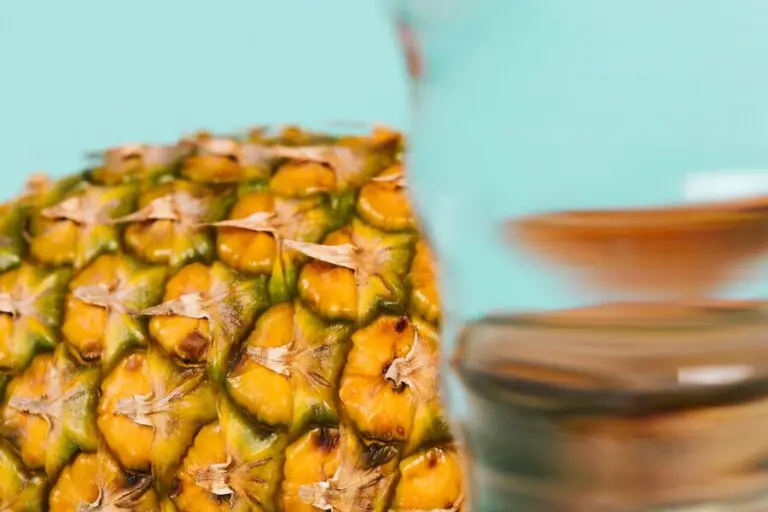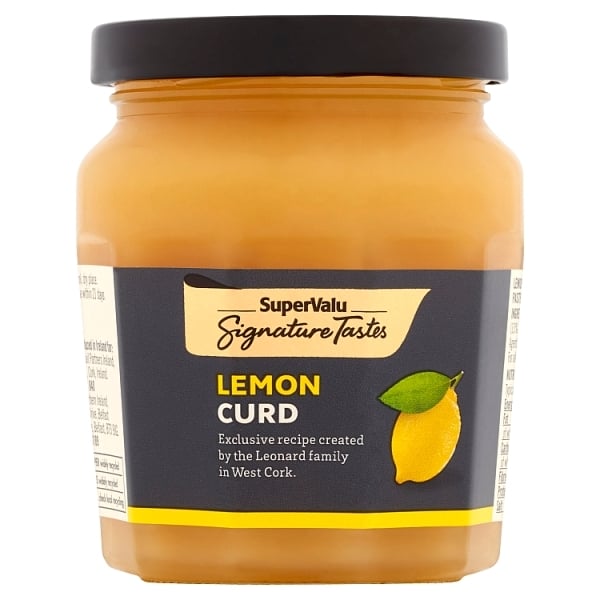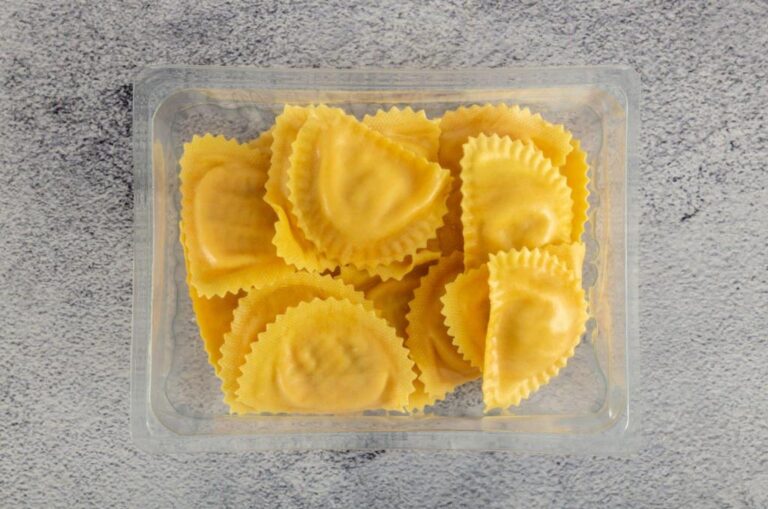Spam Turkey Carving: Is Turkey Spam 100% Turkey?
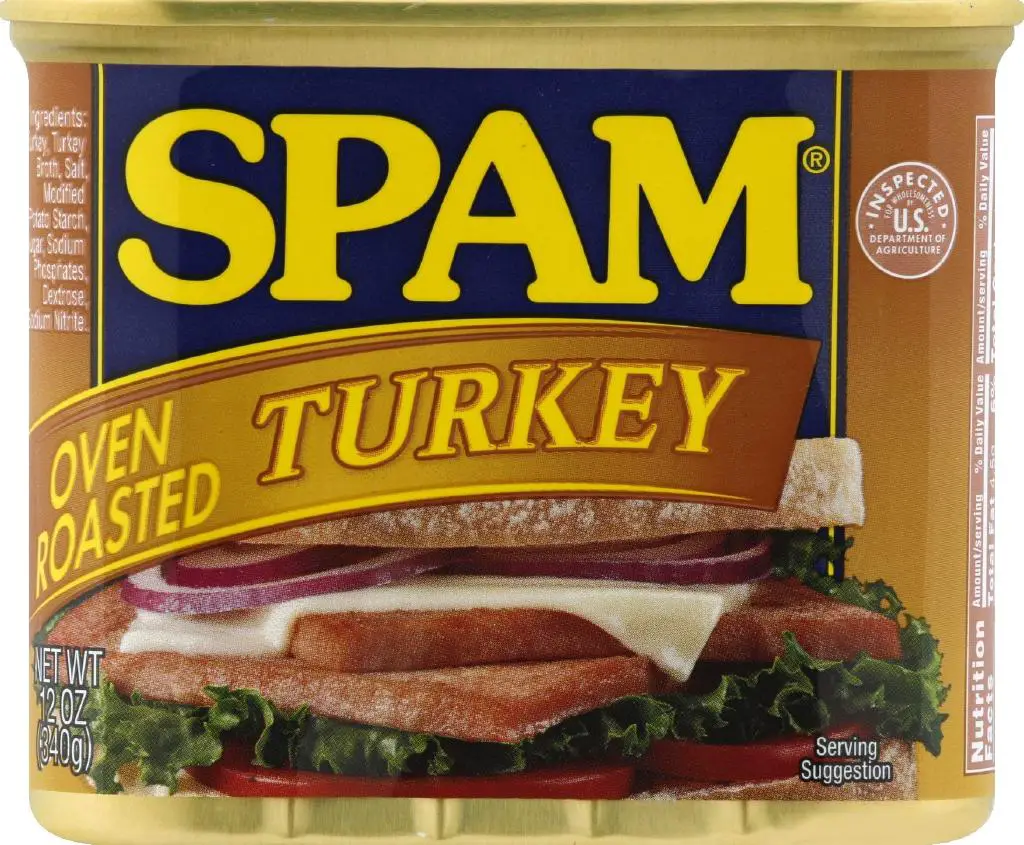
Every holiday season, the classic turkey takes center stage at our feasts. Its succulent, perfectly roasted form, painstakingly carved, is an iconic image of culinary artistry. But in the age of convenience and experimentation, there’s a quirky contender in town: Turkey Spam. It’s not your typical turkey, and it doesn’t come with feathers or drumsticks, but it still has a devoted following.
In this article, we’re about to embark on an adventure that unravels the mysteries of Spam Turkey Carving. Yes, you heard that right! We’re going to explore the world of turkey spam – that neatly packaged, processed meat product that’s just a can opener away from being a part of your holiday table.
We’ll investigate its ingredients, the art of carving, and whether it truly lives up to the promise of being 100% turkey. So, if you’re ready for an unconventional yet surprisingly delicious culinary journey, join us as we delve into the world of Turkey Spam.
What is Turkey Spam and Why It is So Popular?
Turkey spam, also known as canned turkey, is a type of processed meat that has gained popularity in recent years. Made from ground turkey and a blend of seasonings, it offers a convenient alternative to freshly cooked turkey for those who are short on time or prefer the ease of preparing pre-packaged foods. The appeal lies not only in its convenience but also in its versatility – it can be sliced or shredded to use in sandwiches, salads, or added to various recipes.
Despite some skepticism surrounding the idea of canned turkey being 100% turkey, many brands pride themselves on using high-quality ingredients with minimal fillers.
The meat is pre-cooked during the canning process and sealed within a vacuum-sealed can, ensuring freshness and extending shelf life. Its affordability compared to fresh turkey makes it an attractive option for budget-conscious consumers looking to stretch their food budget without sacrificing taste.
While some purists might argue that nothing can replace the flavor and texture of freshly roasted turkey on Thanksgiving Day, there are valid reasons why Turkey Spam has amassed such popularity. In addition to its convenience and cost-effectiveness, it appeals to individuals seeking healthier options due to its lower fat content than traditional pork-based spam. Moreover, Turkey Spam provides an excellent source of lean protein and can serve as an alternative protein choice for those following specific dietary requirements or restrictions.
Overall, Turkey Spam’s rise in popularity can be attributed to its fulfilling role as a quick and easy source of lean protein that adds variety to meals without breaking the bank.
Ingredients in Turkey Spam
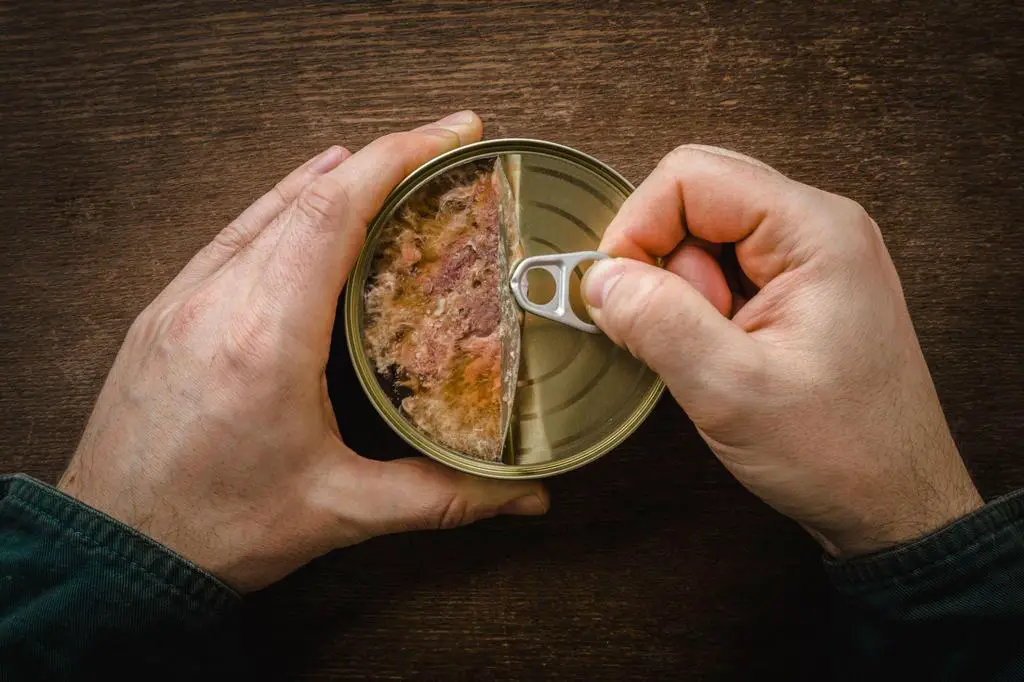
Despite its name, turkey spam is not solely made from turkey meat. In fact, it is a combination of various ingredients, including mechanically separated turkey, pork fat, water, salt, and other seasonings. This concoction is then processed into the familiar canned form that we all recognize.
Let’s take a closer look at the ingredients commonly found in a can of turkey spam:
| Ingredient | Description |
| Turkey Meat | Comprises a significant portion of the product. |
| Water | Used for moisture and texture. |
| Salt | Enhances the flavor. |
| Sugar | Balances the salty taste. |
| Sodium Nitrite | Preservatives and color fixatives |
| Spices | To impart a distinctive taste. |
Is Turkey Spam Made From 100% Turkey?
The answer may come as a surprise. While the name suggests pure turkey, the reality is that most commercially available turkey spam contains a blend of various poultry meats, including chicken.
The use of multiple poultry meats in turkey spam allows manufacturers to achieve a desired flavor profile and texture. By combining different types of meat, they can enhance taste and create a product with a balanced fat content.
While some brands may claim to be made solely from turkey, it is important for consumers to closely read the labels and ingredient lists for a complete understanding of what exactly they are consuming.
Despite not being 100% turkey, this blended approach does have advantages. It creates an affordable option for those who enjoy the taste of turkey but cannot afford or do not have access to large quantities of fresh or roasted bird year-round.
Additionally, by using different types of poultry meat, manufacturers can reduce costs without sacrificing overall quality or flavor. Ultimately, whether it’s 100% or not may depend on brand and specific product choices, so be sure to check labels carefully when selecting your next canned meat treat!
Comparing Taste and Texture of Turkey Spam to Real Turkey
When it comes to taste, the artificial flavorings in turkey spam attempt to mimic the savory notes of real turkey but fall short of capturing its essence. One bite into a slice of turkey spam reveals an initial burst of saltiness and an oddly processed meat aftertaste.
In contrast, real turkey offers a more subtle and complex flavor profile, with hints of earthiness and natural sweetness that can be enhanced through cooking techniques such as brining or smoking.
Texture also plays a significant role in determining whether turkey spam can truly be considered 100% turkey. While it does bear some resemblance to shredded or ground turkey, the texture is noticeably denser and lacks the delicate succulence found in slices of roasted or grilled turkey breast.
Real turkey boasts a tender mouthfeel that melts in your mouth with moisture and allows for easy chewing. Turkey spam tends to have a firmer consistency, almost rubbery at times, making it less enjoyable to consume.
In conclusion, while turkey spam may offer convenience and affordability, it cannot fully replicate the taste or texture of real turkey. Those seeking an authentic holiday feast experience will undoubtedly appreciate the effort put into cooking a whole roast bird over settling for slices of processed imitation meat.
Read: Tips and Tricks to Make Spam Taste Better
Nutritional Differences Between Turkey Spam and Real Turkey
It’s important to first understand what exactly goes into each when it comes to the nutritional differences between turkey spam and real turkey. While real turkey is a lean source of protein, packed with essential vitamins and minerals, turkey spam tends to be highly processed and loaded with sodium, preservatives, and additives. Real turkey offers a wide range of nutrients like B vitamins, selenium, zinc, and iron that are vital for maintaining good health.
While both options may provide similar amounts of protein per serving size, the quality differs greatly. Real turkey is a whole food that naturally contains all eight essential amino acids needed by our bodies for growth and repair.
Turkey spam is processed meat made from mechanically separated poultry mixed with other ingredients such as water, salt, sugar,and artificial flavorings. Consuming too much processed meat, like spam, has been linked to an increased risk of certain health conditions, such as heart disease and cancer.
The Impact of Turkey Spam on Thanksgiving Traditions
Thanksgiving is a time-honored tradition where families gather around the table to share a bountiful feast. However, in recent years, an unconventional item has started making its way onto the turkey-filled platter – turkey spam.
This processed meat product made from chopped and re-formed turkey meat has sparked a heated debate among traditionalists and adventurous food enthusiasts alike as its popularity continues to rise.
The impact of turkey spam on Thanksgiving traditions cannot be ignored. While some may argue that it is sacrilegious to serve anything other than a classic roast turkey, others see it as a creative twist on tradition.
The growing availability of alternative protein sources and changing tastes have given rise to experimentation in holiday menus. Proponents of turkey spam believe that embracing new flavors does not diminish the spirit of Thanksgiving but rather adds an element of surprise and innovation to the festivities.
However, there are those who remain staunchly opposed to this unconventional addition. They argue that Thanksgiving should stick to its origins and preserve long-standing traditions that have been passed down through generations.
They fear that incorporating processed meats like turkey spam might dilute the essence of the holiday itself, eroding the special significance attached to gathering around a whole roasted bird.
Turkey Spam Carving: A Unique Experience
Now, let’s explore the art of carving turkey spam. While it might not be quite the same as carving a traditional turkey, it has its charm.
Tools for Carving
Here’s what you’ll need for a successful turkey spam carving session:
- A sharp carving knife
- A sturdy cutting board
- A can of turkey spam
- Optional: a turkey spam glaze for added flavor
Step-by-Step Guide to Carving Turkey Spam
- Prepare the Turkey Spam: Remove the can’s contents and gently slice it into 1/4-inch thick rounds. The uniform thickness ensures even cooking.
- Heat the Pan: Heat a skillet or frying pan over medium-high heat and add a touch of oil for a crispy exterior.
- Sear the Spam Slices: Place the turkey spam slices in the pan and sear them for 2-3 minutes on each side until they’re golden brown.
- Carving for Presentation: Once the turkey spam is cooked to perfection, remove it from the pan. You can arrange it artfully on a platter or use it in sandwiches.
Serving Suggestions
Turkey spam can be served in a variety of ways:
- In a classic sandwich with lettuce, tomato, and mayonnaise.
- As a breakfast side dish.
- As a topping for salads or pizzas.
- On a charcuterie board for a unique touch.
Is Turkey Spam 100% Turkey?
As already discussed earlier, the short answer is no; turkey spam is not 100% turkey. It’s a processed product that includes various additives, as mentioned earlier. However, it still provides a tasty and convenient way to enjoy the flavors of turkey.
Is Turkey Spam Healthy?
To answer that, let’s break it down. Turkey Spam can indeed be a part of a balanced diet, thanks to its protein content. It provides a flavorful alternative to traditional Spam, and it’s lower in fat, making it a healthier option for some. However, there’s a catch – its sodium content.
Let’s delve into the details. Turkey Spam is indeed a good source of protein, which is essential for building and repairing tissues in your body. It’s a leaner option compared to the original Spam, making it appealing to those looking for a healthier choice.
However, the concern lies in its sodium content. Turkey Spam contains a significant amount of salt, just like traditional Spam, mainly for flavor and preservation. This is where moderation comes into play.
For individuals who are closely monitoring their sodium intake, it’s crucial to be mindful of portion sizes and how often you include Turkey Spam in your diet. While it can be a tasty and convenient protein source, overindulging in high-sodium foods like Turkey Spam can lead to health issues like high blood pressure.
So, when it comes to Turkey Spam, remember the key word is “moderation.” Enjoy it as part of a well-balanced diet, but keep an eye on your sodium intake to ensure your overall health remains in tip-top shape.
Conclusion: A Unique Culinary Adventure
In the world of turkey spam carving, there’s a delightful balance between the convenience of a processed product and the satisfaction of a well-prepared meal. While turkey spam isn’t 100% turkey, its unique taste and versatility make it a valuable addition to your culinary repertoire.
So, the next time you’re contemplating a quick and easy meal, consider turkey spam. Whether you’re carving it for a special occasion or incorporating it into your daily menu, this fascinating product promises a flavorful and convenient dining experience. Enjoy exploring this culinary wonder!
FAQs on Carving a Turkey for a Holiday Feast
How is turkey spam different from regular turkey?
Turkey spam differs from regular turkey as it is a processed meat product made from finely ground turkey along with various additives and preservatives, giving it a different texture, flavor, and appearance compared to fresh or roasted turkey.
What are the health risks associated with consuming processed turkey products?
Consuming processed turkey products, including turkey spam, can increase the risk of various health issues such as heart disease, high blood pressure, and certain types of cancers due to the high levels of sodium, preservatives, and additives used in the processing.
Are there any alternative methods for carving spam turkey effectively?
Alternative methods for carving spam turkey effectively include using sharp, serrated knives to ensure clean cuts, chilling the spam turkey before carving for easier handling, and practicing precise slicing techniques to maintain the desired presentation.
What are some popular recipes using turkey spam as the main ingredient?
Popular recipes incorporating turkey spam include spam turkey sliders, spam turkey stir-fry, spam turkey and cheese sandwiches, spam turkey hash, and spam turkey fried rice, offering a fusion of flavors suitable for various cuisines.
How can I incorporate sustainability practices when using turkey spam in cooking?
To incorporate sustainability practices when using turkey spam, opt for products from companies that emphasize sustainable sourcing, recycle packaging materials, and support ethical farming practices to reduce the environmental impact of production and consumption.
What preservatives and additives are commonly used in the production of turkey spam?
Common preservatives and additives used in the production of turkey spam include sodium nitrite, sodium erythorbate, sodium phosphate, and various flavor enhancers, stabilizers, and emulsifiers to prolong shelf life, improve texture, and enhance the overall taste.
Can turkey spam be considered a healthier alternative to traditional spam products?
While turkey spam may be perceived as a slightly healthier alternative to traditional spam due to its relatively lower fat content, it still contains high levels of sodium and processed additives, making it necessary to consume it in moderation as part of a balanced diet.
How can one ensure the freshness and quality of turkey spam when purchasing it?
To ensure the freshness and quality of turkey spam, check the packaging for the production date and the “use by” date, examine the product for any signs of spoilage or discoloration, and purchase from reputable retailers known for maintaining proper storage and handling practices.


